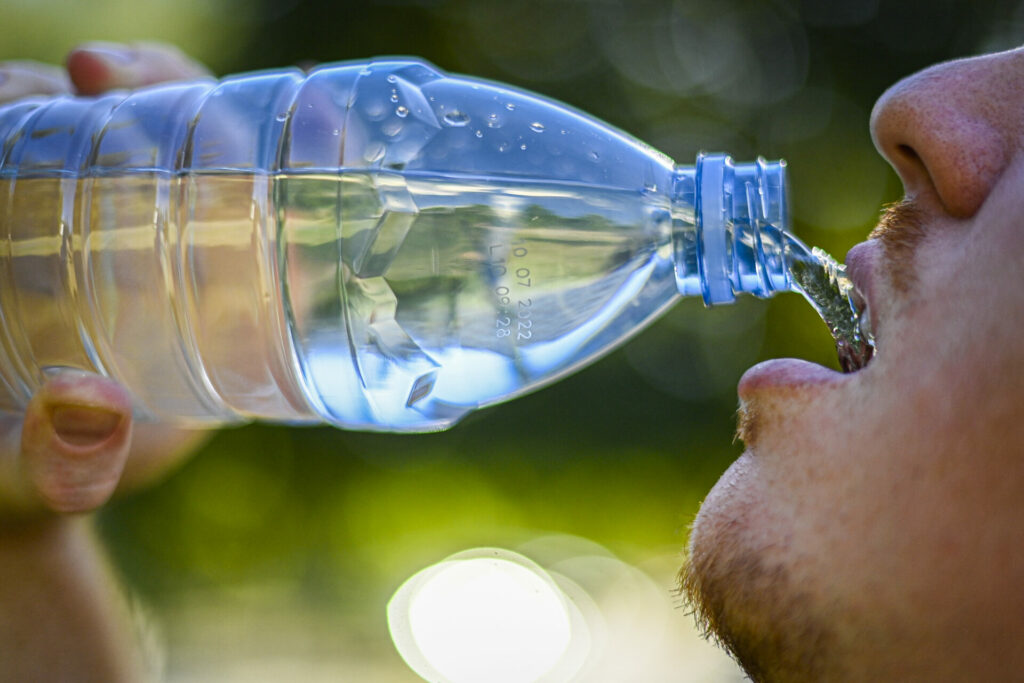Water sold in plastic bottles contains up to 100 times more minute plastic particles than previously thought, with about 240,000 particles in the average litre of bottled water.
The findings were published on Monday in the Proceedings of the National Academy of Sciences journal and follow an innovative technique that shines a light on the prevalence of "nanoplastics" – particles measuring less than one micrometer (less than one-seventieth the width of a human hair).
Microplastics measure less than 5,000 micrometres (or 5 millimetres), while nanoplastics are smaller than one micrometre.
The study raises concerns about potential implications for health. "Whatever microplastic is doing to human health, I will say nanoplastics are going to be more dangerous," said Wei Min, a chemistry professor at Columbia and one of the authors of the paper.
Although the extent of these plastics on human health are not fully understood, the study's authors explained that the smaller the particles are, the more probable they present a major health concern.
Is tap water the answer?
"If people are concerned about nanoplastics in bottled water, tap water can be a reasonable alternative," Beizhan Yan, co-author of the study, told French news agency AFP.
Nanoplastics have garnered increasing attention in recent years and are ubiquitous around the planet, having been found in remote ecosystems such as Antarctic sea ice.
Due to their tiny size, these plastics can penetrate the bloodstream and reach various organs, including the brain and heart. Research on the effects these particles have on ecosystems and human health is so far limited. However, existing studies highlight potentially damaging outcomes, particularly on the reproductive system.
For their study, the researchers used a new technique involving lasers. They tested three undisclosed water brands.
Related News
- EU ban on glitter comes into effect 15 October
- Pacific 'plastic continent': So big that it developed marine life
- Plastics from farming activities seep into soil, threatening food security
"We believe that all bottled water contains nanoplastics," Beizhan Yan explained, "so highlighting some may seem unfair."
Each litre was found to contain between 110,000 and 370,000 particles. About 90% of these were nanoplastics, with the remainder being microplastics.
The most common type was nylon, likely originating from plastic filters used to purify water. The second most common one was polyethylene terephthalate (PET), from which the bottles were made. One researcher likened bottles to our skin, describing how they are constantly "shedding" particles.

